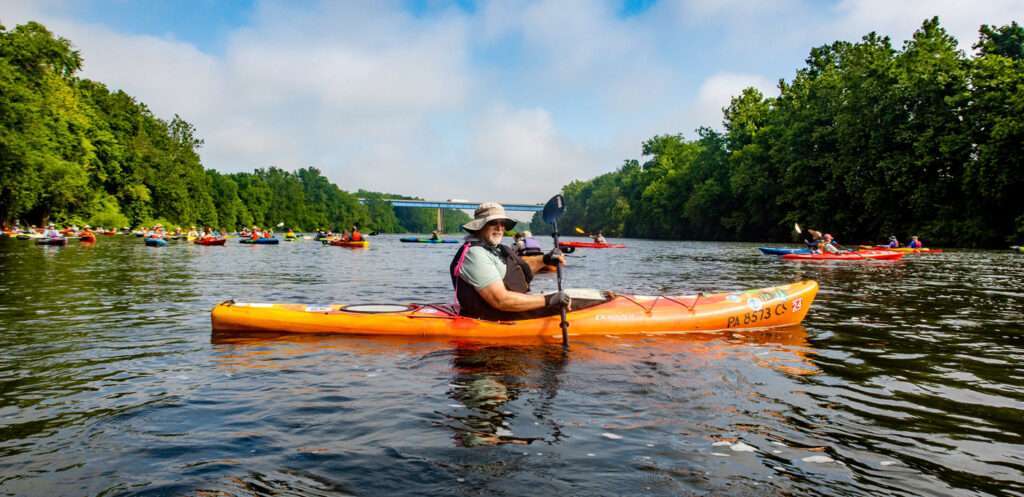“Tipping over kayaks are all too common on the water. The question is, how can you prevent your kayak from tipping?”
Kayakers have a lot to worry about in terms of staying safe and avoiding accidents. One common fear among kayakers is that their kayak will tip over or sink while they’re out on the water. As it turns out, there are some things that you can do ahead of time to make sure your boat stays upright and afloat at all times – we’ll tell you what those steps are right here!
What Causes Kayaks to Tip Over?
The three most common reasons kayaks tip over are:
- Too much weight in the front of the boat.
- A shift in balance caused by a sudden change in wind or current.
- The water is too shallow and causes your kayak to hit bottom, which tips it over backward.
However, you can make quick correction stokes to keep yourself upright. There are other things that you can do to avoid filliping over while kayaking –
- If there’s too much weight in the front of your kayak, try to shift some things over or add other weights (such as a water container)
- If you notice that the wind is pushing your boat from side to side, use both hands on one side and then the opposite hand on the same side. This will keep it steady while still allowing for corrections if needed.
- Lastly, make sure that you’re paddling in deep enough waters so you don’t hit bottom when making turns!
Kayak Brace Strokes
If you’re kayaking on a lake or any body of water, there are some things that can happen in order to keep your kayak from being tipped over. If waves hit the back end of your boat and cause it to rise up high into the air before dropping down again, this is a sign for potential tipping. When something causes your kayak to bottom out (whether because you have too much weight near the front or if it’s been pushed by wind), make smaller strokes with one hand while stabilizing yourself with the other. The last thing that you might want to do is make sure that when turning around corners (especially ones where there may be bushes) – use small turns rather than quick turns! These will help prevent tipping over.
Low Brace
Low brace, as the name suggest, is technique employed by paddlers to keep themselves stable in an unstable situation. It is a simple technique where you will have to make use of the blade to push the water to get the support that you desperately need.
High Brace
High brace allows you to get yourself stabilized when you are in a trickery situation. If the low brace proves ineffective, you can always opt for high brace.
What you will have to do is to paddle back the kayak with your hands. This technique may seem like an easy thing to do, but if you are in a tricky situation then it can be difficult and take some time. You might want to ensure that this is something that you only use when necessary so as not to wear yourself out too quickly!
What to Do If Your Kayak Gets Flipped Over?
If you are wearing a personal flotation devices, it will make your life a lot easier when it comes to climb abroad once the kayak gets tipped over.
If you are paddling with another paddler, you need to ask that person to help you stabilize the kayak while you try to get in.
Having a paddle float can also make your life so much easier. It is something that you definitely want to invest in before getting out paddling on the water with a kayak because it can come into use if your kayak flips over or capsizes! Use that paddle float to transform your paddle into some sort of an outrigger and this will help your kayak stay upright while you are trying to get into the kayak.
Conclusion
There are a few ways to make your kayak less likely to tip over. One way is to increase the width of your kayak by adding extra buoyancy bags, and another way is by getting rid of any unnecessary weight in your kayak like fishing gear or coolers. The last option you have for preventing tipping it not using a paddle that has too short of an oar so that when you use it, the water level will rise up around your boat because there’s not enough force pushing back against the river current. As long as you take these precautions while out on the open water this summer, then chances are good that you’ll be able to stay upright and enjoy all those beautiful views!

